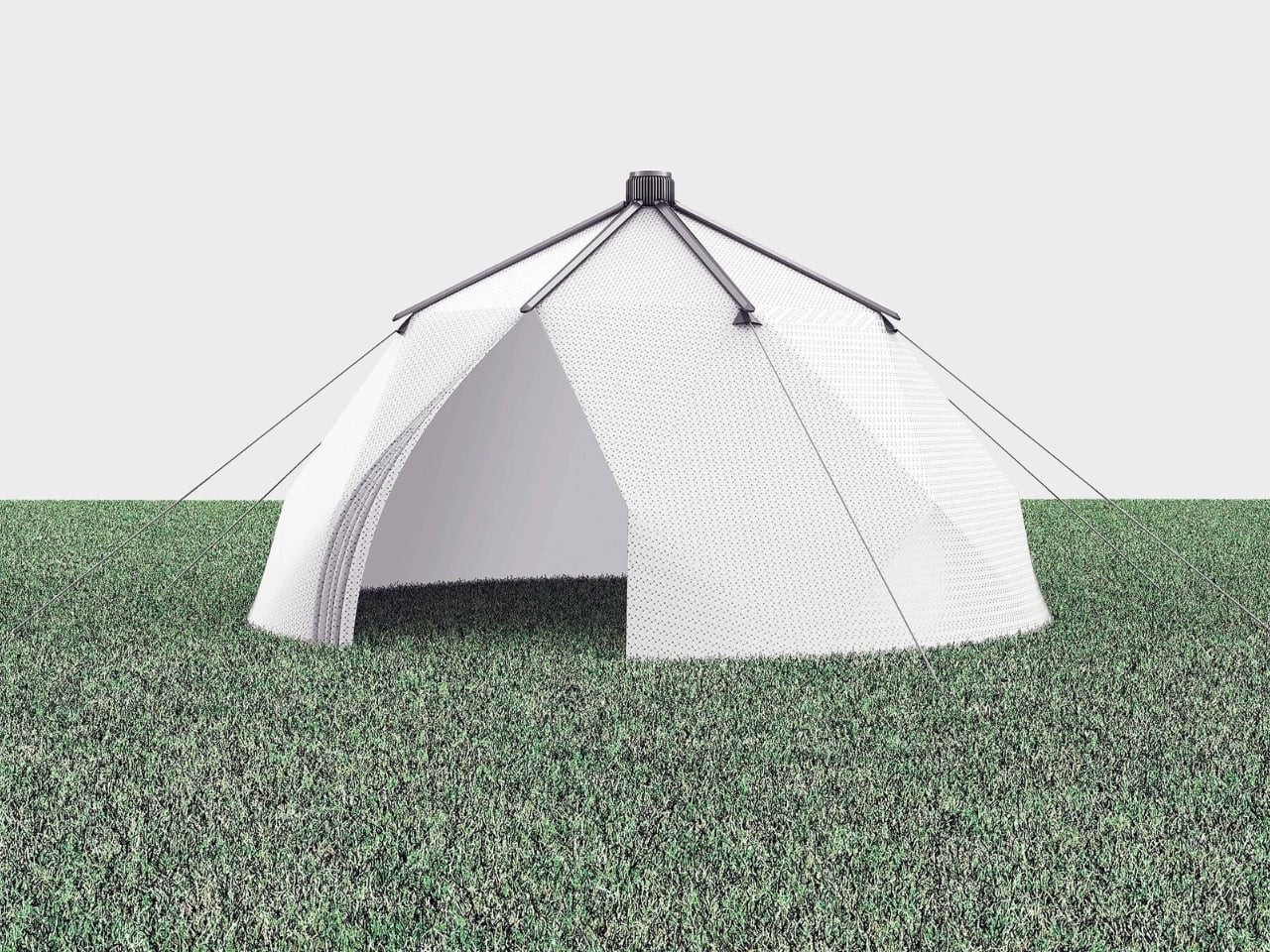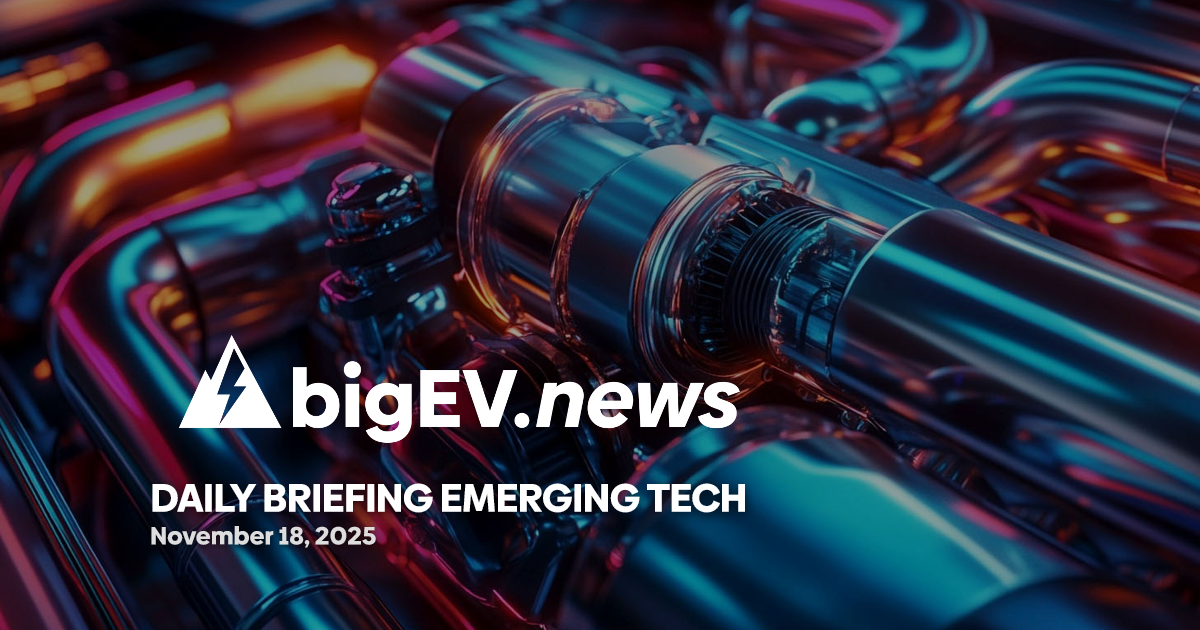Lithium Iron Phosphate (LFP) batteries are witnessing a remarkable surge in the United States, driven primarily by the escalating demand for electric vehicles (EVs) and the growing need for renewable energy storage solutions. The market, valued at USD 12.2 billion in 2022, is projected to expand to USD 31.3 billion by 2030, reflecting a compound annual growth rate (CAGR) of 12.5% during the forecast period from 2023 to 2030. This growth trajectory underscores a pivotal shift in energy storage technologies, as LFP batteries offer enhanced safety, longevity, and cost-effectiveness compared to traditional lithium-ion batteries, making them increasingly attractive for both automotive and grid applications. The convergence of EV adoption and renewable energy initiatives is catalyzing this transformation, highlighting the urgent need for sustainable energy solutions in the face of climate change challenges.
Key players in the LFP battery market, including BYD, K2 Energy, and A123 Systems, are strategically positioning themselves to capitalize on this burgeoning demand. The implications of this growth extend beyond mere market expansion; they signal a broader transition towards sustainable energy practices and the decarbonization of transportation. As manufacturers ramp up production capabilities and invest in research and development, the competitive landscape is likely to evolve, fostering innovation and potentially lowering costs for consumers. The increasing integration of LFP batteries into energy systems not only enhances grid reliability but also supports the transition to a circular economy, where resource efficiency and sustainability are paramount. This market evolution is critical for stakeholders aiming to navigate the complexities of energy transition and capitalize on emerging opportunities in the clean energy sector.









